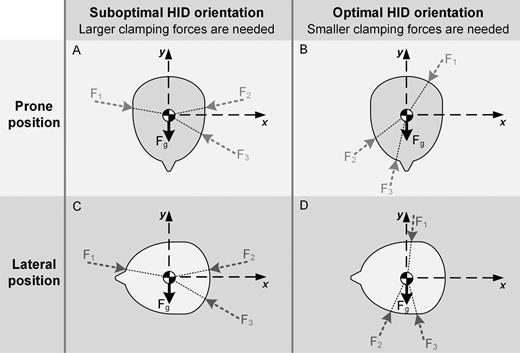
Year
2017Abstract
BACKGROUND: Head immobilization devices (HIDs) are a staple of neurosurgical procedures, including in the intraoperative magnetic resonance imaging (iMRI) operating rooms (ORs) where material modifications were necessary for compatibility with the magnets utilized.
OBJECTIVE: To present the experience in this OR environment and discuss the multifactorial nature of the observed adverse events.
METHODS: A retrospective chart review was performed, utilizing the Department of Neurosurgery and iMRI OR databases to identify patients who suffered complications related to HIDs between November 2007 andMarch 2016. A literature review was also done to identify the magnitude of the problem and the availability of safety guidelines.
RESULTS: Nine hundred and forty patients underwent surgery in the iMRI OR requiring head immobilization. Seven (0.7%) suffered complications related to the HID—depressed skull fractures (n = 7) and epidural hematomas (n = 6). Age at surgery ranged from 1.6 to 10.3 yr. All patients had posterior fossa neoplasms and associated obstructive hydrocephalus. Four patients (57%) suffered permanent neurological deficits. Six patients (86%)
underwent a surgical procedure to evacuate the epidural hematomas and repair the depressed skull fracture. In contrast, 1 out of 445 patient (0.2%) suffered HID-related adverse events in the conventional ORs, aged 10.2 yr.
CONCLUSION: HIDs are important to provide stability and support during neurosurgical procedures.Modifications in the material or the shape of the pins can significantly change the pressure exerted.Most of these complications are preventable if certain precautionary measures are taken especially in certain high-risk patients, and the overall benefits of HIDs continue to outweigh the risks. There is a need for consensus on guidelines for the safe use
of these devices.






